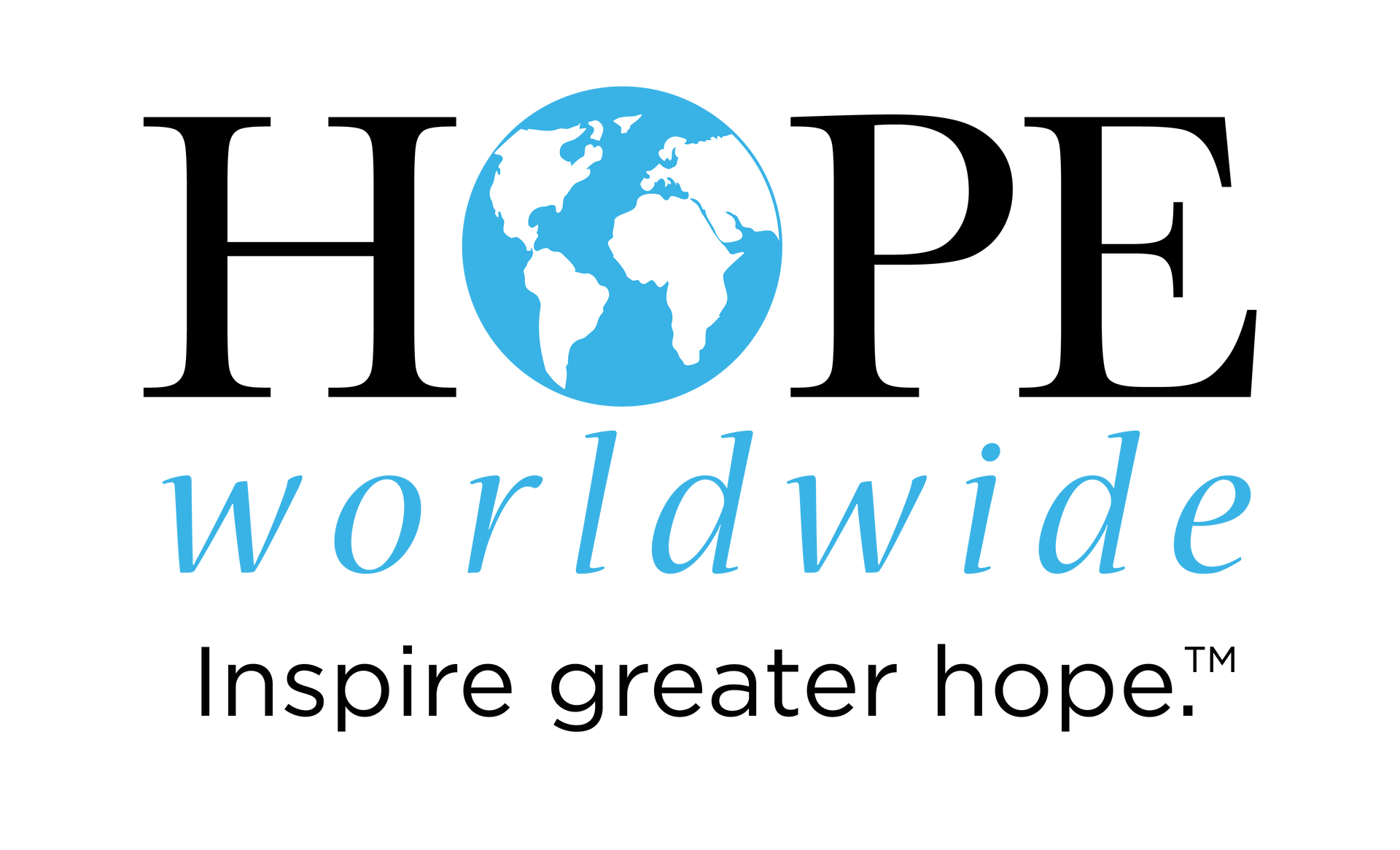Disaster Risk Reduction

Reflecting back on the string of tragic natural and man-made disasters the world has been faced with over the past few years, it seems that disasters are quickly becoming a way of life in the twentieth century. In a 2011 British report, it was predicted that by 2015, approximately 375 million people will be affected by climate-related disasters, such as floods, famines and droughts, every year , with non-climate-related disasters such as earthquakes and man-made conflicts impacting millions more. The British International Development ministry explained that “the scale, frequency and severity of rapid onset humanitarian disasters will continue to grow in the coming years, and at an accelerating pace," bringing a “new kind of future in which mega-disasters are going to be more frequent." And unfortunately, the areas of the world most prone to these disasters are often economically underdeveloped and without adequate resources or infrastructure to respond in times of crisis.
With an understanding of the ever-growing needs of the world, HOPE worldwide is striving to develop strategies, leverage partnerships and mobilize resources to better prepare at-risk communities. Being able to quickly respond in the wake of a disaster is key, but training individuals, families and neighborhoods to better understand the dangers of disasters and reduce their risk is equally important.
What We’re Doing
Currently, HOPE worldwide Indonesia is providing teacher training sessions and disseminating toolkits through a “Safe School Campaign” program designed to help education systems be more prepared for calamities. Disaster risk reduction through the education sector is one of the priorities listed in The Hyogo Framework for Action, a 10-year international disaster risk reduction plan developed by the United Nations Office for Disaster Risk Reduction. Our head of disaster response, Charles Ham, has presented to the UN International Strategy for Disaster Reduction (ISDR) Global Platform in Geneva, Switzerland on the value of these initiatives.
HOPE worldwide Indonesia’s “Safe School Campaign” aims to strengthen the capacity of educators in disaster preparedness by instructing them on how to reduce risk through training and simulation. Training begins with giving teachers and students a clearer understanding about disasters and their causes. Students are then invited to analyze the existing risk and map nearby regions to discover ways to prepare for disaster. The practical application of determining evacuation routes, preparing survival bags and forming disaster relief teams in schools allows everyone to play a proactive role in reducing risk. The program is currently taking place in 14 provinces in Indonesia with a goal to train 10,000 teachers and deliver dynamic and creative disaster response education to 500,000 schoolchildren between 2007 and 2016. To date, we have reached more than 70% of our goal.
HOPE worldwide is also conducting Disaster Response Capacity Assessments in priority countries with the goal of helping develop Disaster Response Contingency Plans and establishing regionalized Disaster Awareness and Response Teams (DART). With your continued help, we can not only be prepared to respond during the next disaster but we can also hopefully help mitigate the severe loss of life and livelihood disasters inevitably bring.




